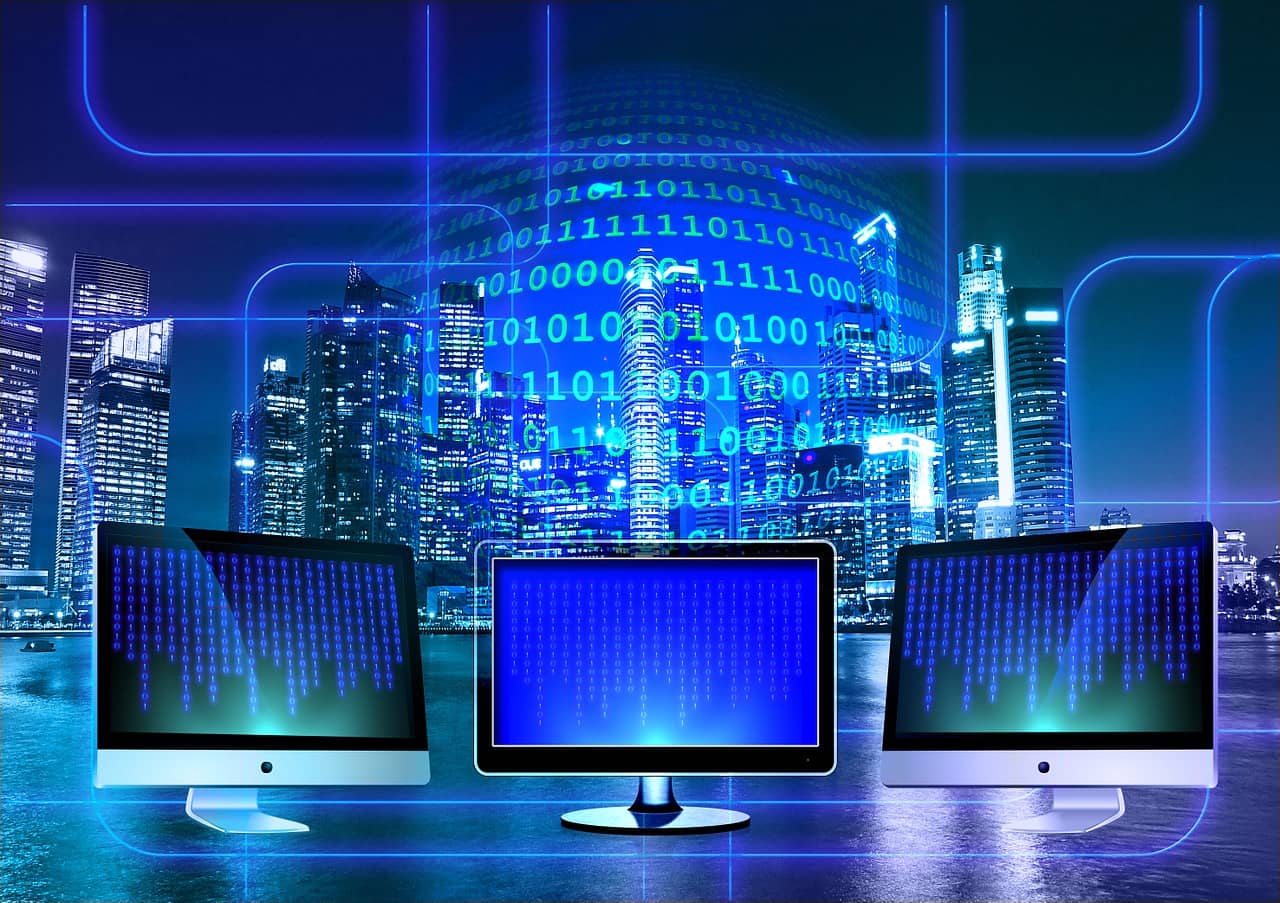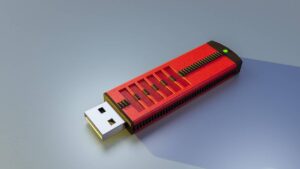
Breaking Free from Wires: A Guide on Connecting Your Tablet to Your Computer Wirelessly
Are you tired of the tangle of cords and cables that come with connecting your tablet to your computer? Do you wish that you could operate wirelessly and without the trouble of cords and connectors? So stop dreaming now! This guide will demonstrate how to wirelessly connect your tablet to your computer using Bluetooth and Wi-Fi. Prepare to ditch the cables and embrace wireless connectivity’s comfort, portability, and effectiveness.
Understanding Wireless Connectivity
Before we get started with the steps, let’s first understand what wireless connectivity is all about. Wireless connection, expressed simply, is the capacity to link two devices without the use of physical wires or connectors. Wi-Fi, Bluetooth, NFC, and other wireless networking technologies are only a few examples.
Wireless connectivity has several benefits, including increased mobility and flexibility. You aren’t bound to a desk or a particular place when working from any place within the wireless connection’s range. Because you can move files and data across devices fast, wireless networking also reduces waiting time and boosts productivity.
Connecting Your Tablet to Your Computer via Wi-Fi
Wi-Fi is one of the most popular ways to wirelessly link a tablet to a computer. To connect your tablet to your computer using WiFi, follow these steps:
- Check if your computer and tablet both support Wi-Fi connectivity. Most modern devices come with Wi-Fi capabilities, but it’s always good to double-check.
- Ensure that the Wi-Fi networks on both devices are the same. For the connection to function, this is necessary.
- Choose Wi-Fi from the Settings menu on your tablet. Locate and choose the name of your Wi-Fi network by typing it in.
- Choose Wi-Fi from the Settings menu on your computer. Locate and choose the name of your Wi-Fi network by typing it in.
- You can begin wireless data transfer after both devices are linked to the same Wi-Fi network. To transfer files across devices, you can either use the built-in file transfer feature on your operating system or programs like AirDroid or Xender.
Troubleshooting common Wi-Fi connection issues
Don’t worry if you’re experiencing problems using WiFi to connect your tablet to your computer. Here are some typical Wi-Fi connection problems and solutions:
- Weak Wi-Fi signal: Ensure that the Wi-Fi signal is accessible to both of the devices. Consider moving closer to the router or performing a router reset if your Wi-Fi signal is weak.
- Invalid Wi-Fi password: Double-check the Wi-Fi password you’re using. Check the password twice and try once more.
- outdated software: Verify that the most recent software updates are installed on both devices. Connectivity problems may be caused by outdated software.
Advantages and disadvantages of using Bluetooth for connectivity
Although Bluetooth communication is practical, it does offer benefits and drawbacks. Since Bluetooth is a worldwide standard, the majority of products already have Bluetooth functionality. Moreover, Bluetooth uses less power than Wi-Fi, making it an excellent choice for exchanging data and tiny files.
Bluetooth does, however, have some drawbacks. The typical Bluetooth communication range is only about 30 feet. Large files or data transfers are less suitable for Bluetooth because of its slower transfer speeds as compared to Wi-Fi.
Troubleshooting common Bluetooth connection issues
Here are some typical Bluetooth connection issues and how to fix them if you’re having trouble pairing your tablet with your computer:
- Issues with Bluetooth pairing: Verify that both devices are in pairing mode and that they are in close proximity to one another. Once Bluetooth has been turned on and off on both devices, try pairing again.
- Dropped connections: Try getting closer to the other device if your Bluetooth connection is continually dropping. By turning your Bluetooth device on and off again, you can also try to reset the connection.
- Interference: Other devices’ signals may interfere with Bluetooth communications. Attempt to get away from any potential interference-causing equipment.
Tips and Best Practices for Wireless Connectivity
Now that you know how to wirelessly connect your tablet to your computer, keep reading for additional advice and recommended techniques to enhance your wireless connectivity:
- Use strong passwords when configuring your Wi-Fi or Bluetooth connection to protect your devices from illegal access.
- Make sure your devices are inside the wireless signal’s range to maximize your wireless connection. Also, try to keep other devices’ interference to a minimum. By updating the software on your device and restarting your router or modem, you can also improve the performance of your wireless connection.
- Save battery life: Wifi connectivity can deplete the power of your device, so it’s crucial to do so. This can be accomplished by limiting the frequency of data transfers or by turning off Wi-Fi and Bluetooth when not in use.
Conclusion
In conclusion, the ability to connect your tablet wirelessly to your computer has never been simpler thanks to wireless networking. There are a ton of alternatives available to help you transfer files and data across your devices, whether you decide to use Wi-Fi, Bluetooth, or third-party software. You can make sure that your wireless connectivity is safe, effective, and maximised by following the advice and best practices provided in this article. Take advantage of wireless connectivity’s independence and convenience by cutting the cord now!

